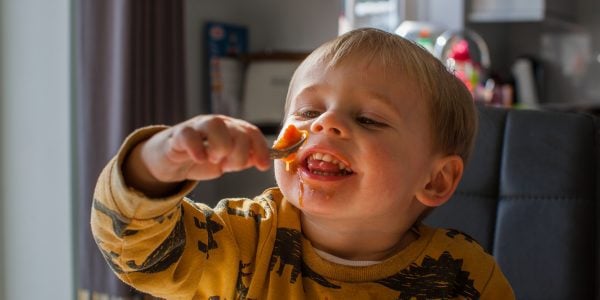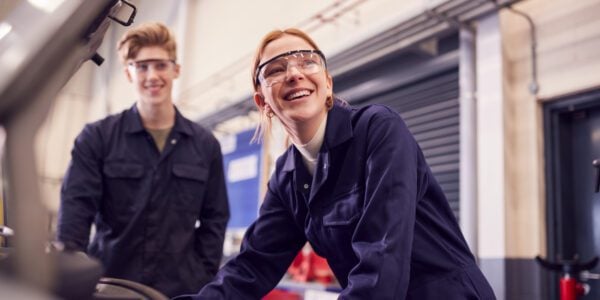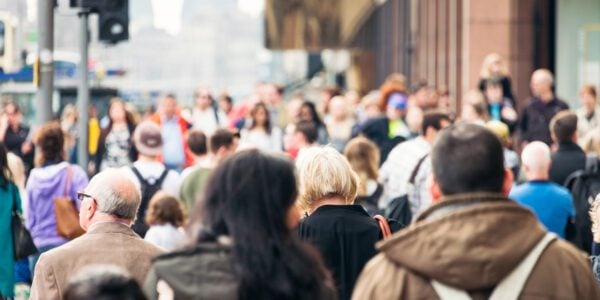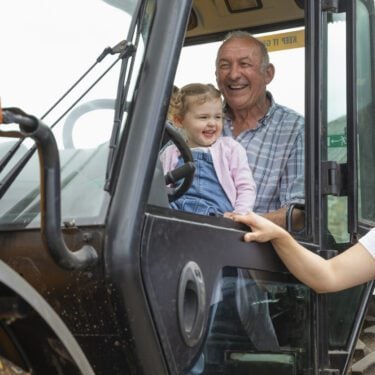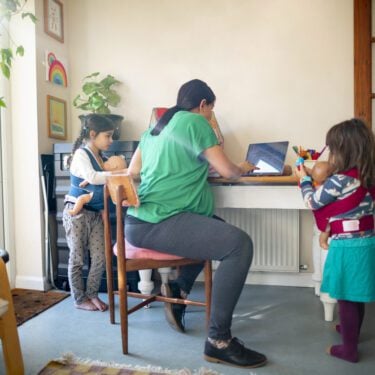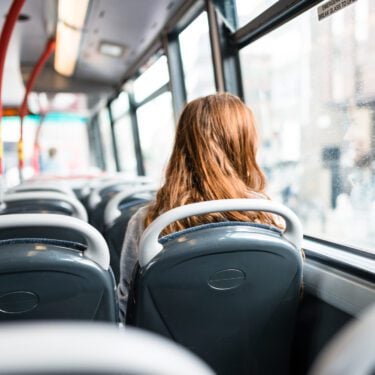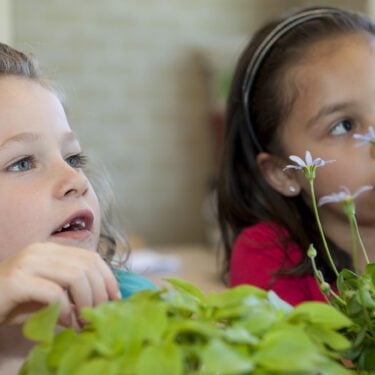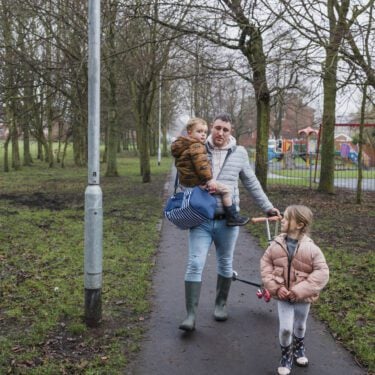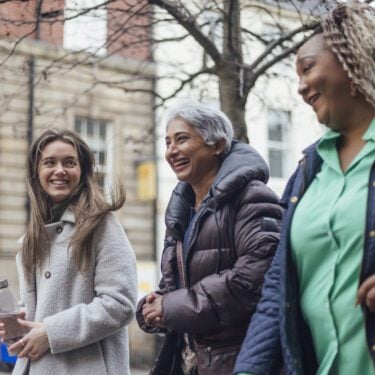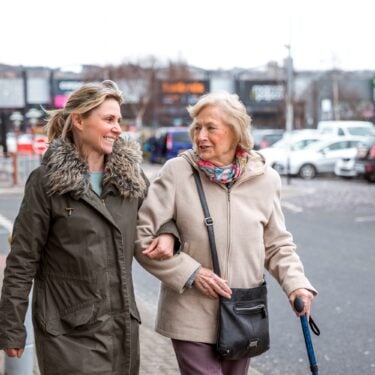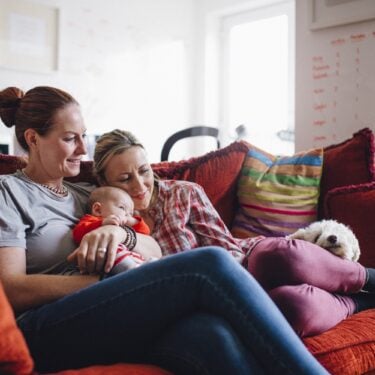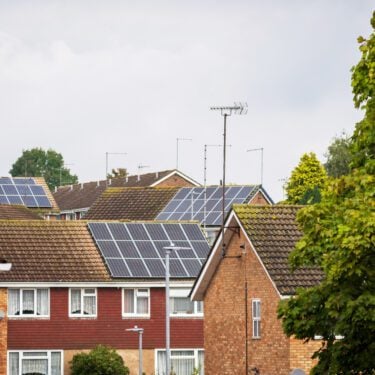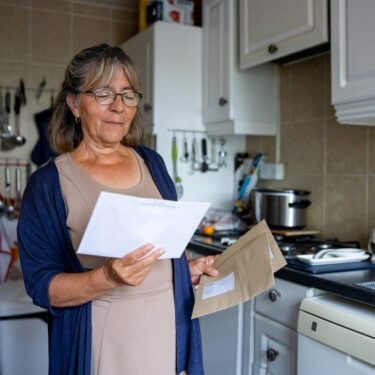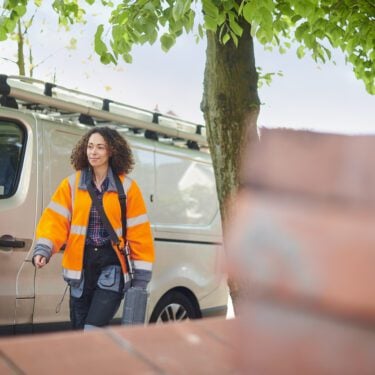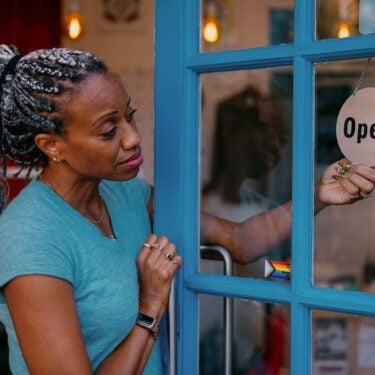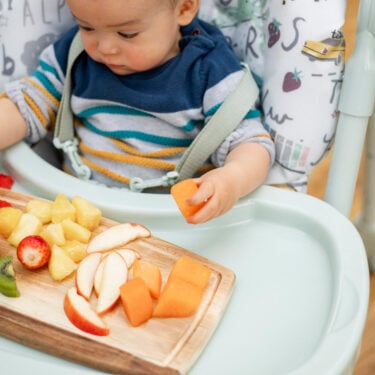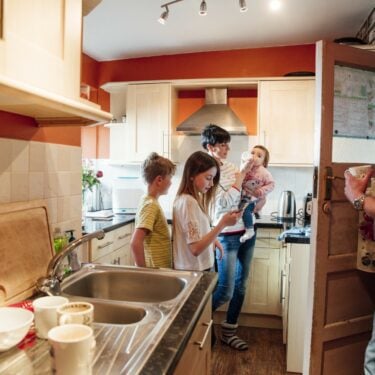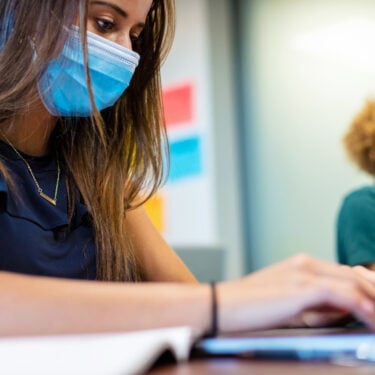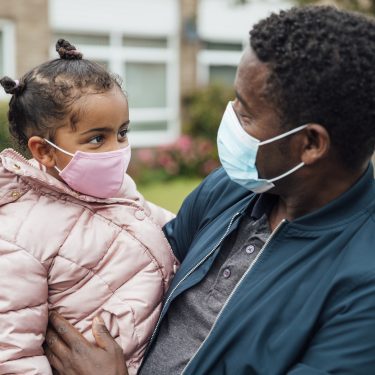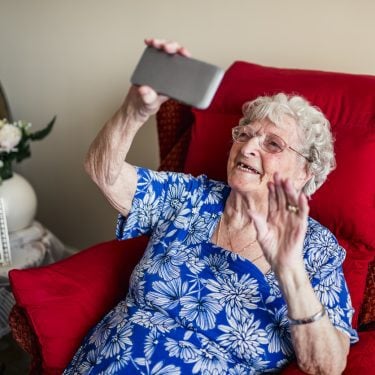This is the main finding in new research on ‘panic buying’ – funded by the Nuffield Foundation and the Economic and Social Research Council – by IFS researchers published today.
Using real-time data on millions of grocery transactions (covering food, drink, alcohol, toiletries, cleaning products and pet food) up until 8 August, the analysis shows that:
- Daily spending on storable food staples peaked on 14 March 2020 at over 80% above the daily average seen in January and February. The peak in ‘panic buying’ for non-food household supplies was 70%, also on 14 March. Increases in spending on other groceries, such as perishable foods, were more gradual and continued to rise into the lockdown period.
- Over the four weeks before lockdown there was more than a 25% increase in demand for 30 (out of 138) product categories, including soap, soup, and toilet roll. Demand over this four-week period increased by over 100% for soap, by 75% for soup, by 64% for cold treatments, by 54% for rice and noodles, and by 45% for toilet roll. These 30 categories jointly account for 70% of the overall increase in spending on household supplies, and over half of the increase in spending on food staples.
- Around 70% of the increase in purchases was accounted for by the fact that more people than usual were buying these non-perishable items and only 30% by increases in the quantities purchased. The quantity spikes were driven by many more households than usual choosing to buy moderate amounts, rather than a minority of households buying excessively large quantities.
- Wealthier households stocked up by more than less well-off households. Across all socioeconomic groups there was a sharp increase in purchases of storable products, but among the highest socioeconomic group, the average increase across affected categories was 55%, compared with 30% for the lowest group. These differences were driven by wealthier households increasing by more than less well-off households how often they bought staples and household supplies.
- Limits on the number of packs of each product that people are allowed to buy per visit are unlikely to have prevented the spikes in demand (‘panic buying’) and subsequent shortages. The quantity limits that were imposed by several supermarkets were introduced once demand for most categories was falling towards normal levels. Had a limit of 2 units been in place for the four weeks up to lockdown, and even if households made no adjustment to their behaviour to circumvent these limits – by visiting shops more frequently for example – the average increase in quantity in the top 30 categories would have been 34% rather than 44%. Among the eight categories that experienced spikes of more than 50%, the average quantity increase would have been 55%, rather than 66%.
Kate Smith, Associate Director at IFS and an author of the research, said: ‘Given current uncertainty, it is especially important to understand how households responded in the run-up to the lockdown in March. Shopping behaviour changed well before government policy. Panic in the weeks before lockdown led to huge spikes in demand for several storable products, such as soap, toilet roll, dried rice and pasta. This was mainly driven by many more people than usual choosing to buy these categories, not by unreasonably large purchases by a small number of households.’
Martin O’Connell, Deputy Research Director at IFS and an author of the research, said: ‘The widespread nature of hoarding prior to lockdown presents a challenge to supermarkets and policymakers. It is unlikely that an earlier introduction of limits on the quantity of products that people can buy per visit would have prevented the spikes in demand and subsequent shortages. Instead, policies such as dedicated shopping hours for the elderly may better help protect the most vulnerable consumers.’
Mark Franks, Director of Welfare at the Nuffield Foundation, said: “The fact that shortages of staples such as soup, rice, pasta and toilet roll were driven by more people than usual shopping for moderate amounts suggests increased levels of anxiety about access to food and other essentials rather than a desire to stockpile large quantities. However, as this research indicates, people on lower incomes are less likely to be able to change their shopping habits. As such, a response from government and retailers that both prioritises access for more vulnerable shoppers and seeks to reassure people about the steps being taken to maintain consistent availability of essentials could help to prevent similar shortages in future.”

